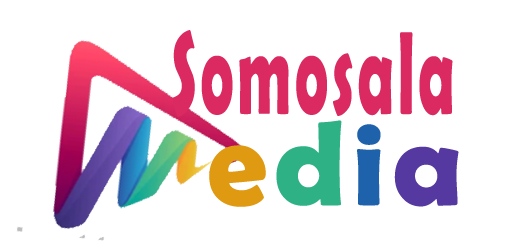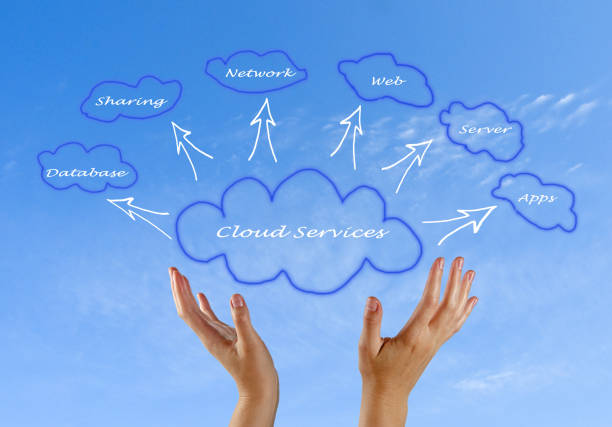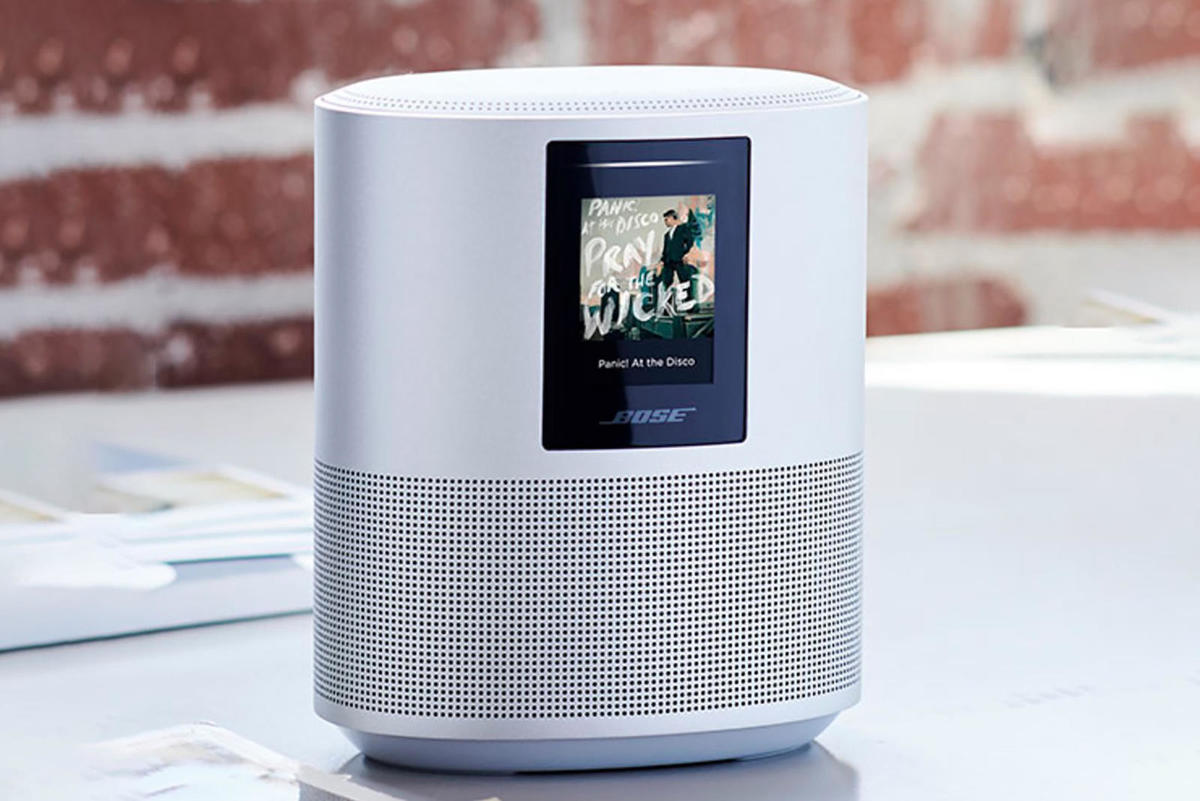Desktop as a Service (DaaS) is a cloud computing offering where a service provider transmits virtual desktops to end-users over the Internet, permitted with a per-user subscription.
The provider takes care of backend supervision for small businesses that find building their virtual desktop infrastructure to be too expensive or resource-consuming. This management typically includes supervision, back-up, updates, and data storage. Cloud service providers may also handle safety and applications for the desktop, or users may govern these service aspects individually.
Benefits of Desktop as a Service
Desktop as a Service (DaaS) offers some obvious benefits over a traditional desktop model. Working or decommissioning active end users with DaaS is much faster and less expensive than a conservative desktop system.
- Quick working and decommissioning of active end-users
The desktop is already operated and it just needs to be attached to a new device. For seasonal businesses that consistently experience hikes and drops in demand or employees, DaaS helps in saving a lot of time and money.
- Reduced requirement of resources for IT support
Desktop as a Service also allows companies to provide remote IT support to their employees, reducing downtime.
- Cost-effective
Because the devices that run DaaS expect much less computing power than a traditional desktop machine or laptop, they are less costly and use less leverage.
- High device flexibility
DaaS runs on a variety of operating systems and device types, which benefits the trend of users generating their own devices into the office and changes the burden of helping the desktop on all of those devices to the cloud service provider.
- Increased security
Because the data is stored in the data center with DaaS the security risks are considerably lower. If a laptop or mobile device is stolen then it can completely be disconnected from the service.
DaaS is a virtual desktop to the user’s device that assists the user where the user can access the desktop’s data and applications through a web browser or other software. Organizations may purchase as many virtual desktops as they want through a subscription model.
A company with a large number of users can save money with either VDI or DaaS because the endpoint devices don’t require much computing power (most of the processing is occurring in the data center).
Nevertheless, serving a large number of users requires a large IT staff that can handle any issues that come up. DaaS lets a company function with a leaner IT staff because the DaaS vendor will deal with deployment, connectivity difficulties, and other related issues that come in the work for end-users.
The benefits of Desktop as a Service (DaaS) include simplified management, increased flexibility, and lower cost of ownership compared to traditional models. Businesses that attempt to offer reliable remote work options and personal device flexibility can use DaaS to quickly and easily create a digital workspace.
Users may log in to their virtual desktop from anywhere in many different kinds of devices, and their desktop will look the same as when they last visited from a different location before. All they need is an internet connection. Since the data exists in a centralized, remote location, it can be constantly supported and there is no need for users to manage back-ups on their own or concern about data existing on a computer at the office but not at home.




